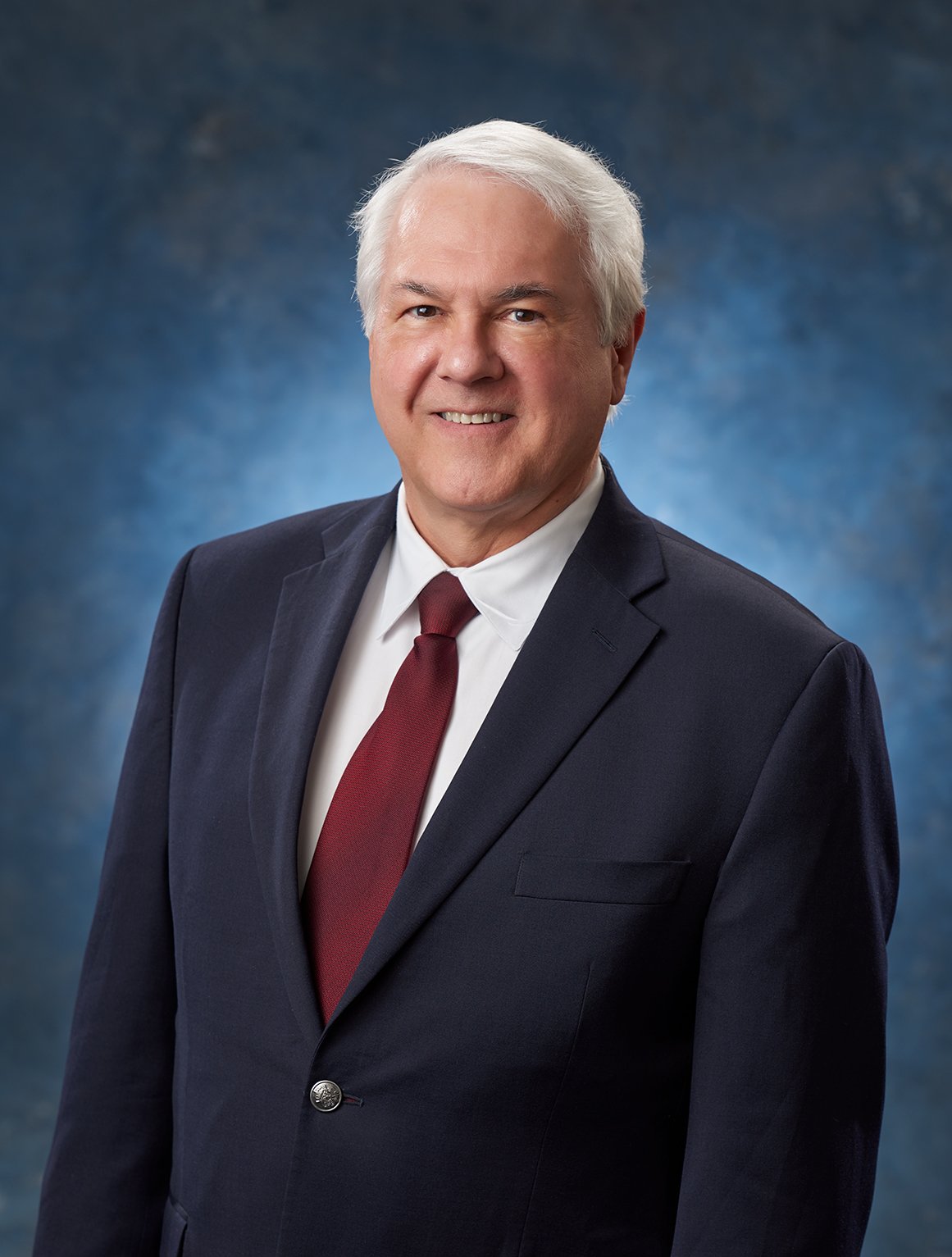Active Shooter Response in the Healthcare Setting
By Michael Victoroff, MD
There is a renewed focus on active shooter situations and the safety of medical providers and
how to protect them, their staff, and patients. While there is no definitive solution to prevent these situations, there are options to prepare and train for them.
De-escalation training and therapeutic listening are critical skills, but what do you do when the situation escalates to involve a gun? Similar to fires, floods, and pandemics, healthcare facilities are required to have a response plan in place for active shooter scenarios. Hospitals and medical offices have unique security issues that differ from schools, businesses, and religious institutions. How do you develop a plan that is appropriate for your own facility or practice? The following are some key considerations:
Active shooter events are rare in healthcare facilities—despite impressions generated by popular media.
The “RUN-HIDE-FIGHT” doctrine highlighted by many law enforcement agencies does not really fit the needs of most healthcare organizations. Serious ethical and practical issues can make “escape” problematic in these settings. Strategies such as barriers, access controls, and security training tend to be more relevant.
High-stress training (sometimes involving simulated violence, confinement, or gunshots) is inappropriate for almost any healthcare or educational facility. It is inherently traumatizing and can even be counterproductive to the goals of effectiveness and safety. Slow-motion scenarios with voluntary role-playing, careful supervision, and “timeouts” can be useful.
A comprehensive Emergency Operations Plan, which outlines a response framework, should include deterrence, protection, response, and mitigation.
Organizational strategies should address external and internal barriers and access controls, safe areas, surveillance and communication technologies, communication plans, decentralized command, staff training (including Stop-the-Bleed™, an American College of Surgeons training program), threat awareness and response, patient protection policies and processes, and risk reduction focused on specific vulnerabilities.
Personal strategies should address tactics and solutions appropriate for the physical abilities and temperaments of individual staff.
Staff should understand that police response may be delayed; an active shooter event will often be ended before police arrive. There is the likelihood that it will be up to those involved to protect themselves and those who are vulnerable.
It’s almost impossible to predict how any individual is going to react in a potentially lethal encounter. Training helps, but biology, psychology, and circumstances are more important, and these factors vary across individuals and situations.
Running is the best option when it’s possible and ethical. Hiding relies on luck—unless there are areas already secure, or which can be rendered secure.
Staff may face the ethical dilemma of not wanting to abandon vulnerable patients while fearing for their own safety. Procedures for patient protection should be developed, discussed, and rehearsed (e.g., with “tabletop” modeling or a group walk-through) in each care center, when possible.
It’s critically important to protect survivors from shame, blame, afterthoughts, and PTSD.
There should be immediately available resources to address physical safety, legal, medical, and psychological impacts.
Staff and administrators should be well-trained in how to react when law enforcement arrives.
Michael Victoroff, MD, is with the COPIC Department of Patient Safety and Risk Management


